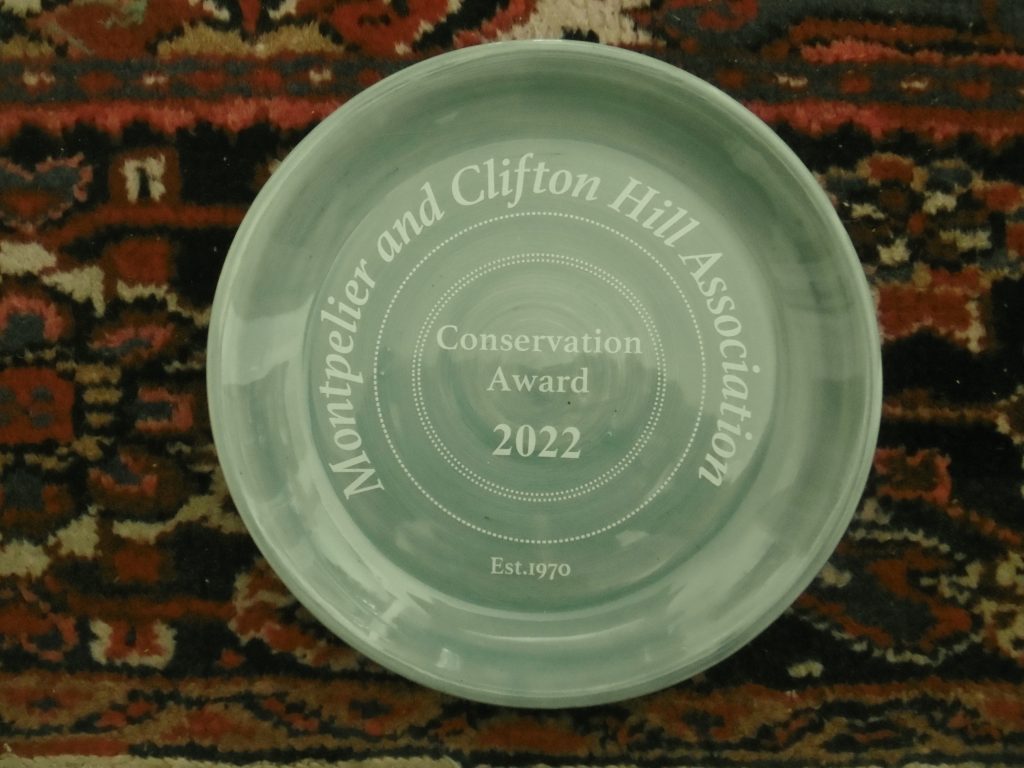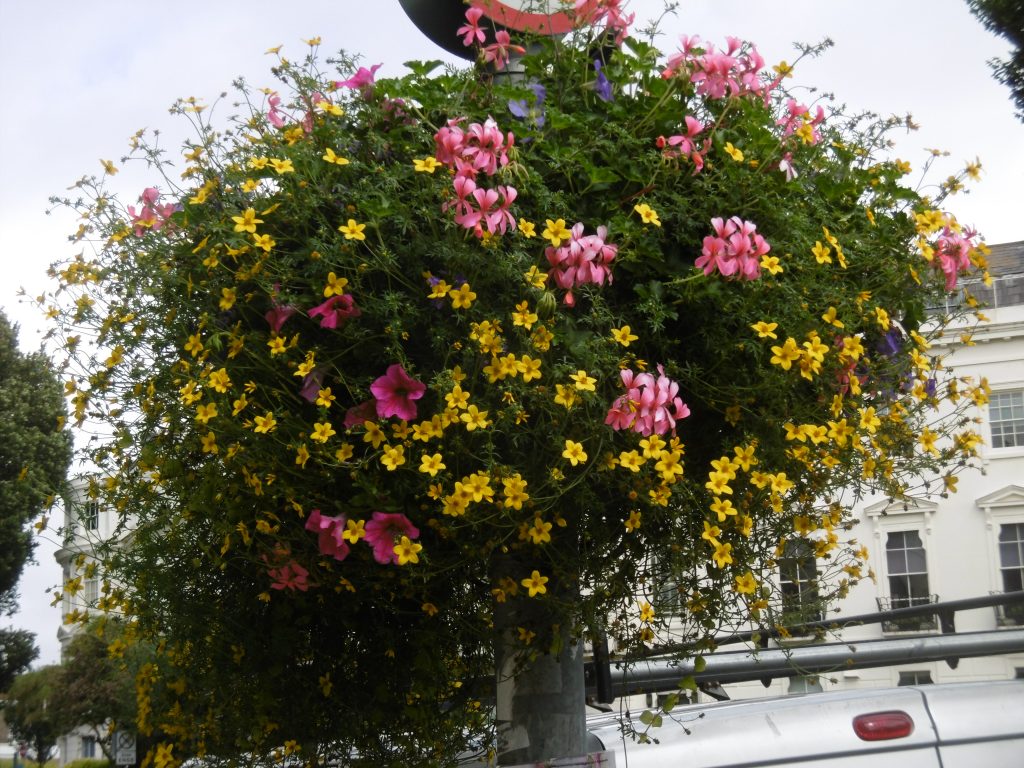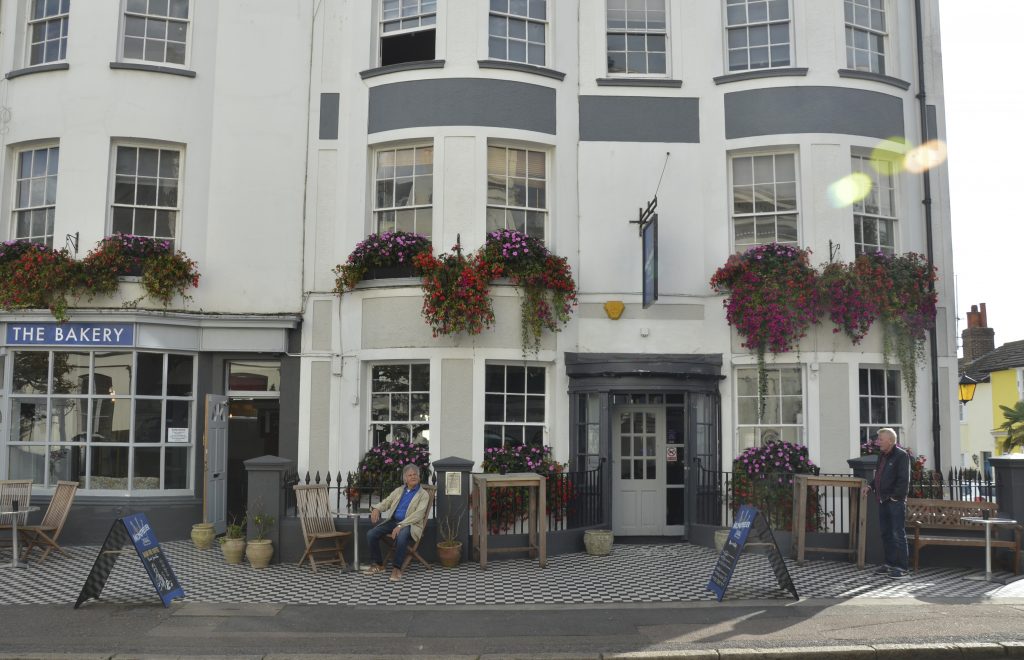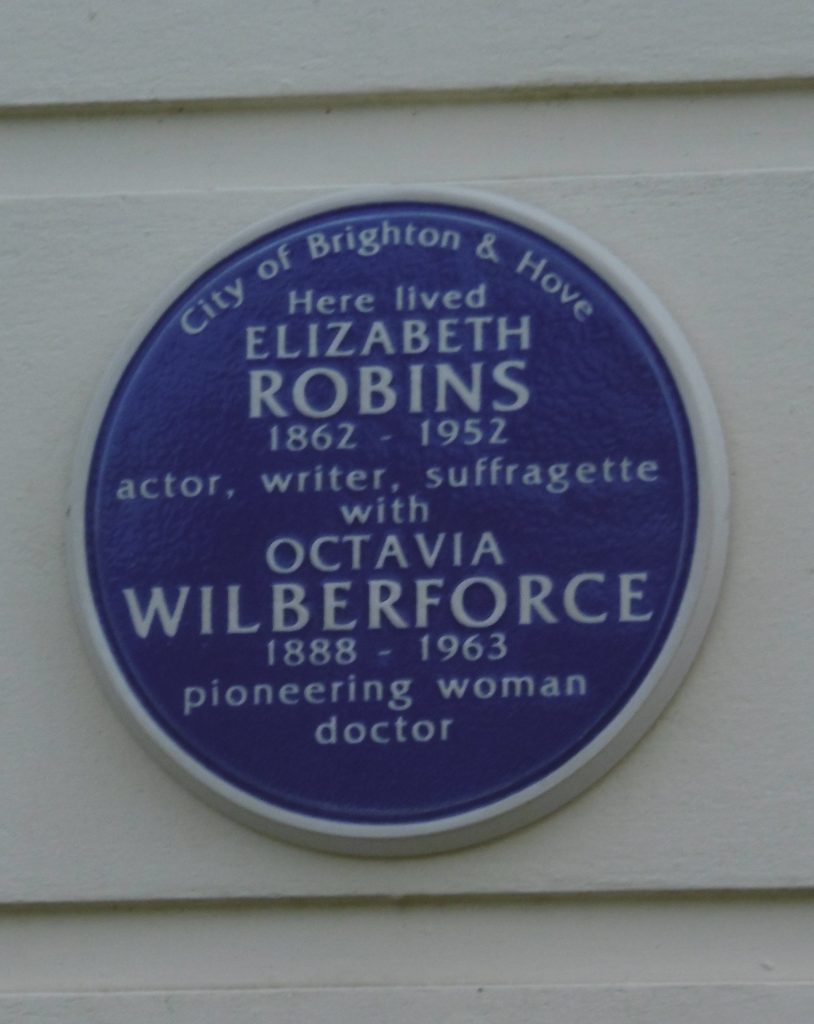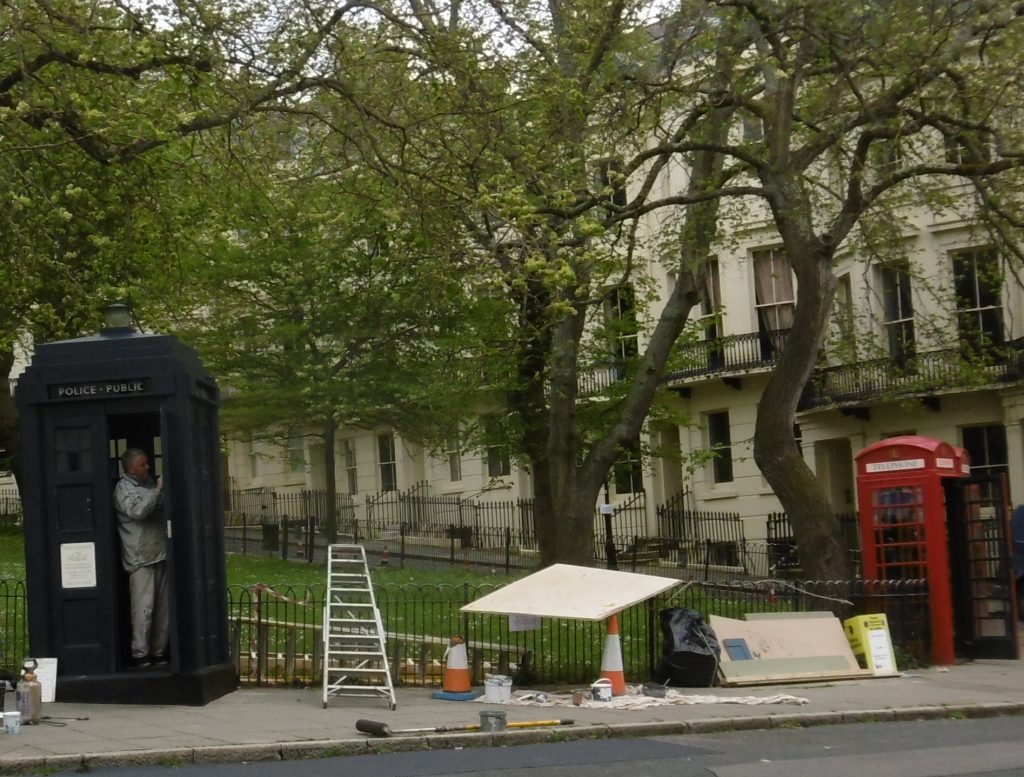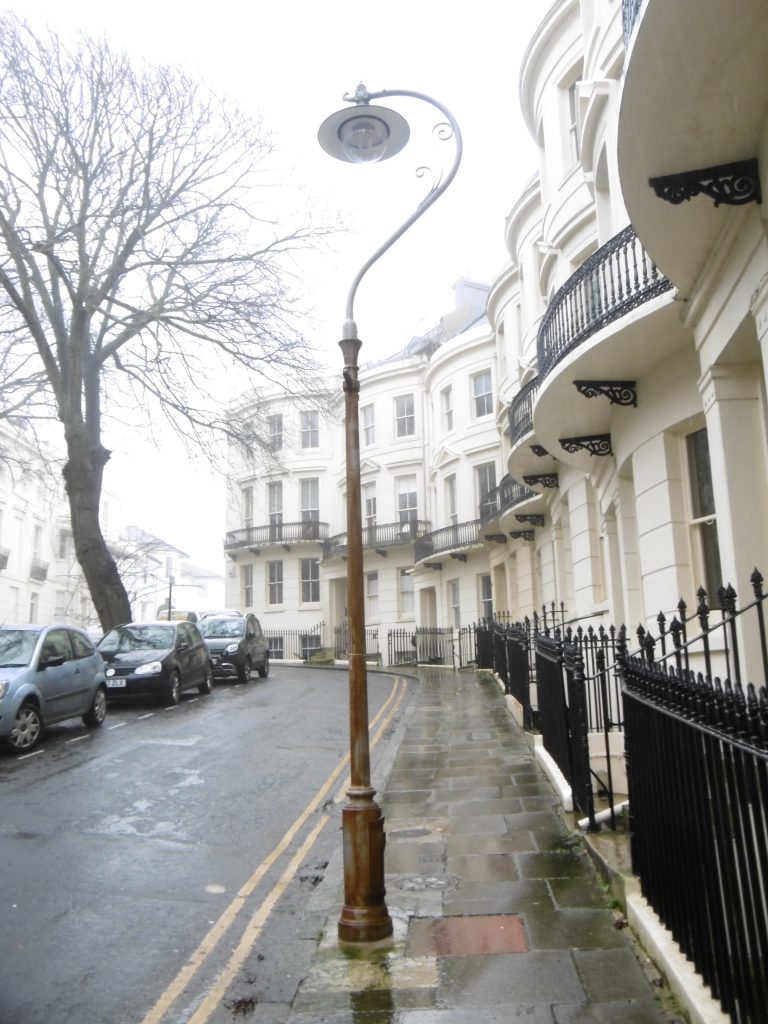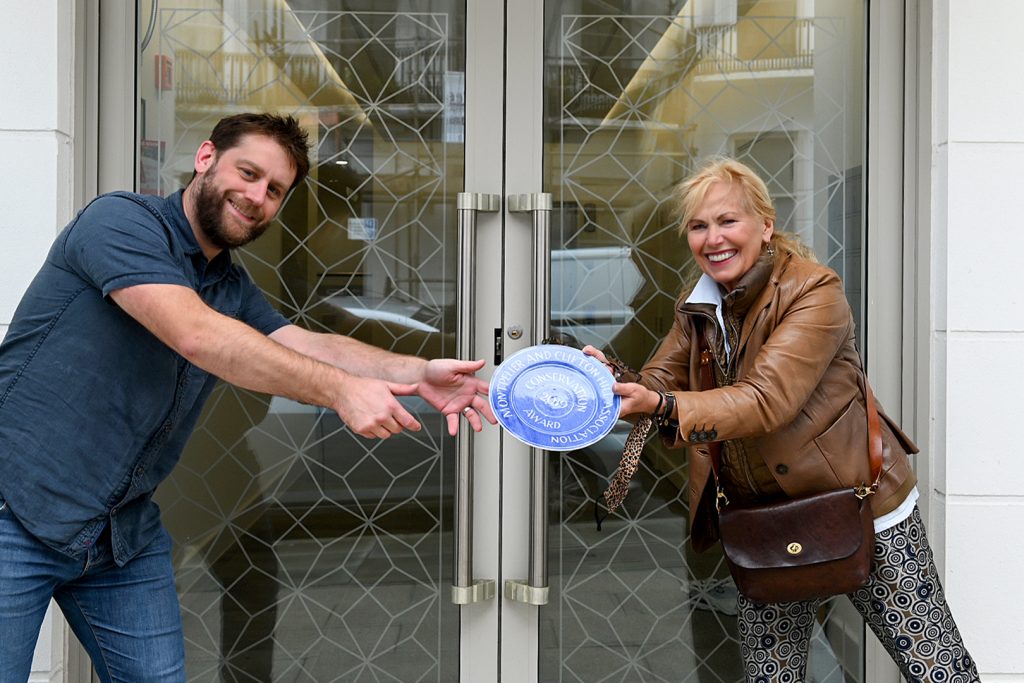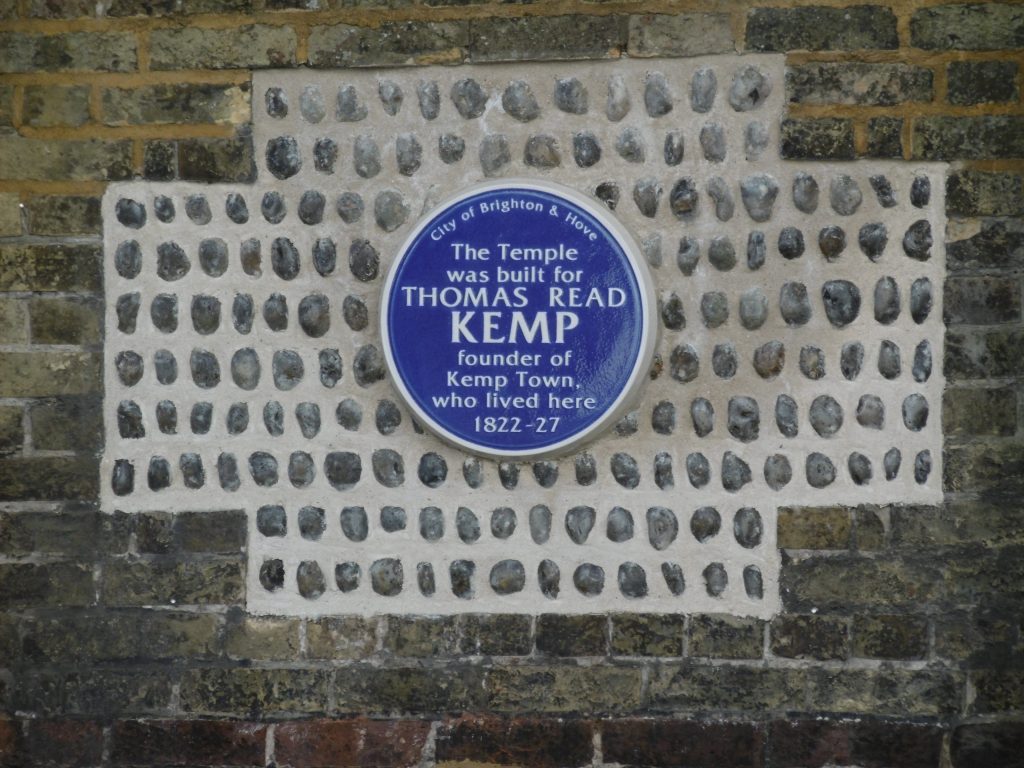
Plaque fitted by Tilleys Stonemasons and flintwork by Brian Davies.
The school now known as “Brighton Girls” (previously “Brighton and Hove High School”) hosted an unveiling ceremony on the 1st of July in the presence of the Mayor Councillor Jackie O’Quinn. The blue plaque replaced an earlier stone plaque which over many decades had become illegible. The original house, now much altered, was built around 1820 and was placed on a greenfield site owned by the Kemp family in what was known as the “West Laine” (“Laine” meaning “field”). The house then had unobstructive views of the sea and its isolation required an access road “Montpelier Road” to be laid out by Kemp, who named his house “The Temple” possibly because some architectural features recall those of the Temple of Soloman. During Kemp’s five years of occupation the “Temple” was mainly used as a party house rather than a family home for his nine children. It was not the first party house in Brighton and as residents of the city now know only too well: not the last!





